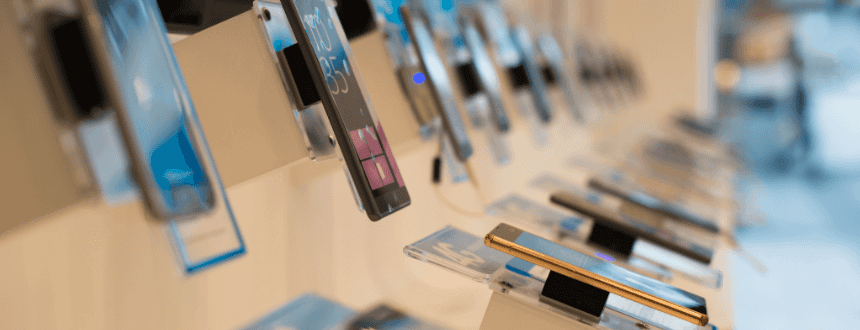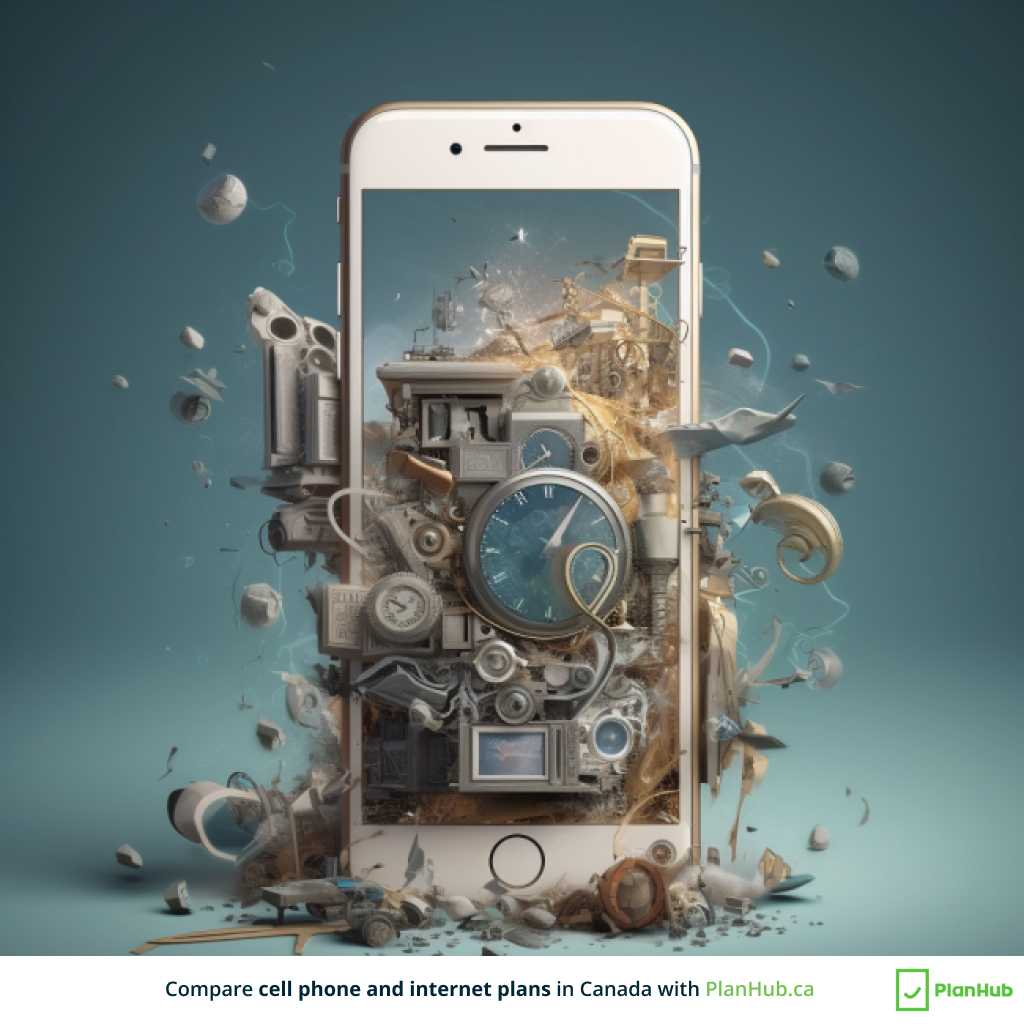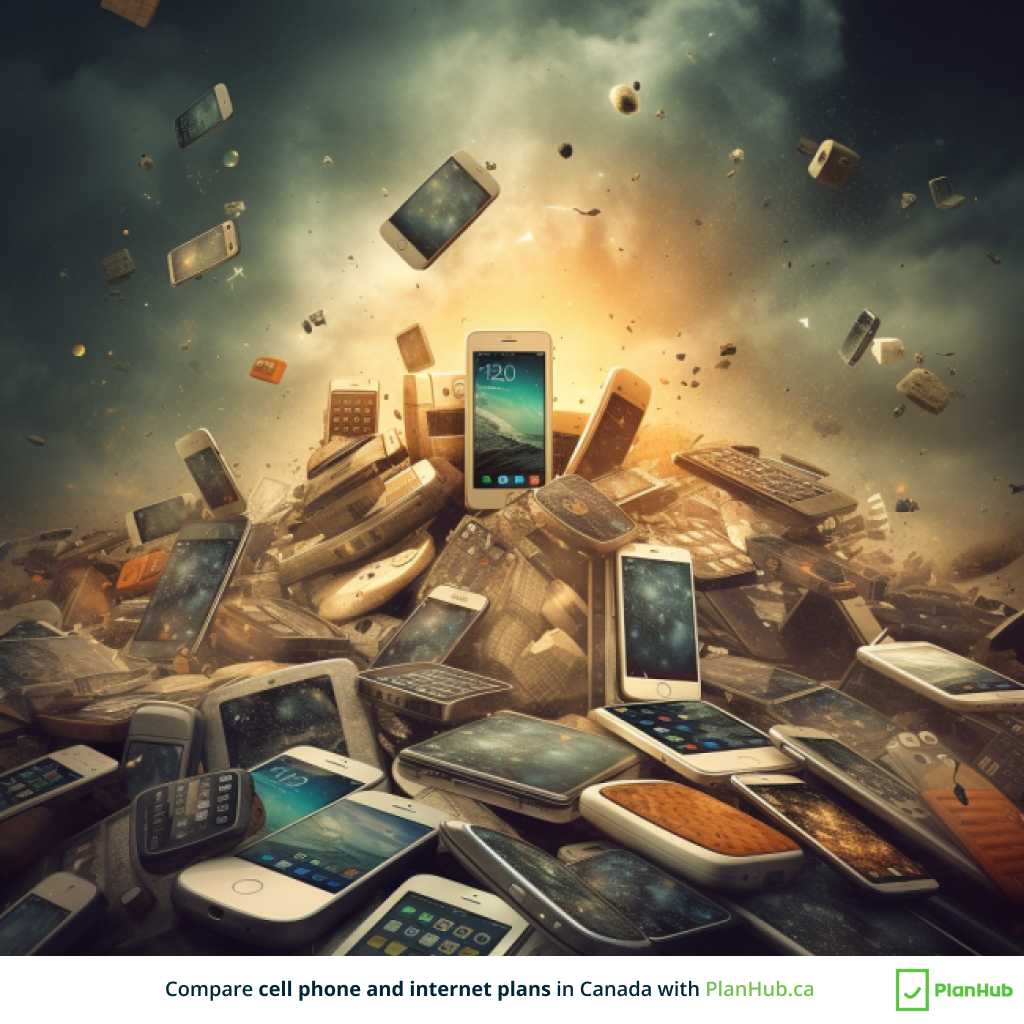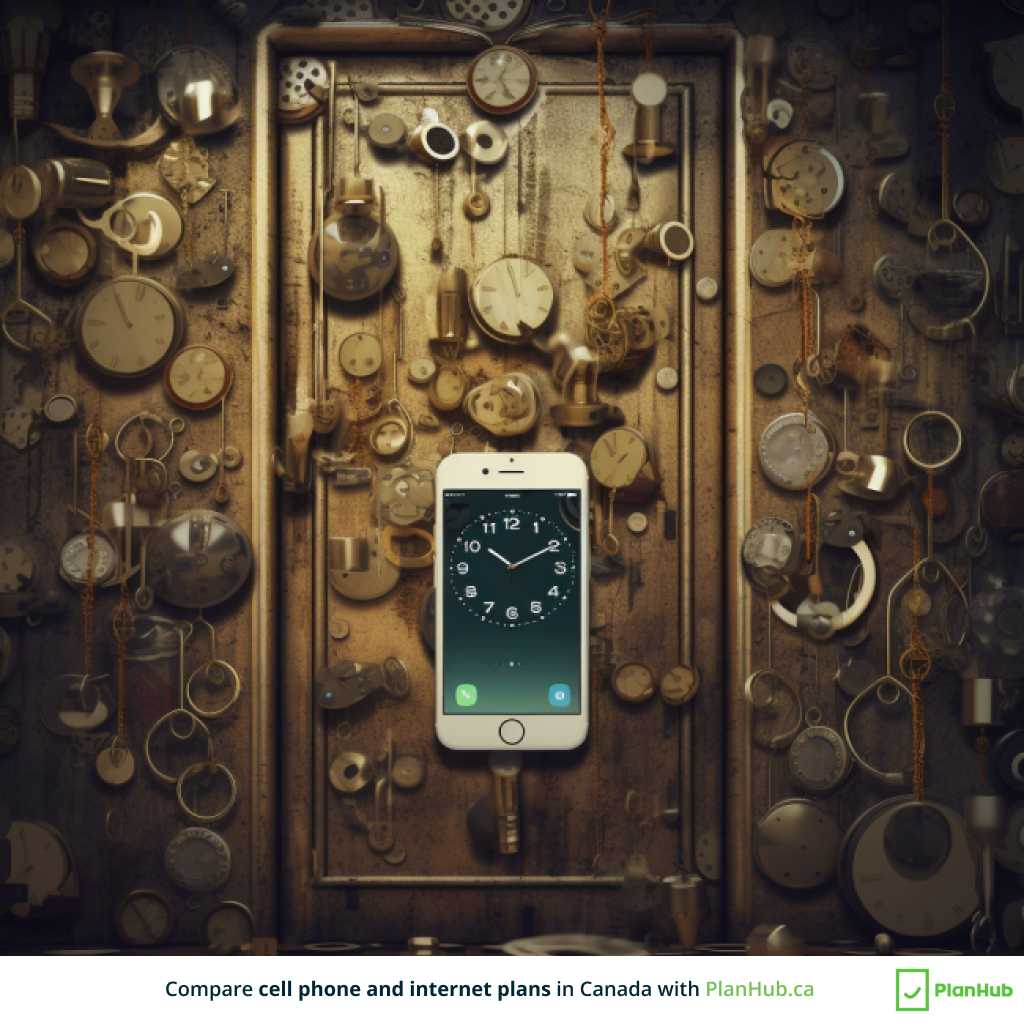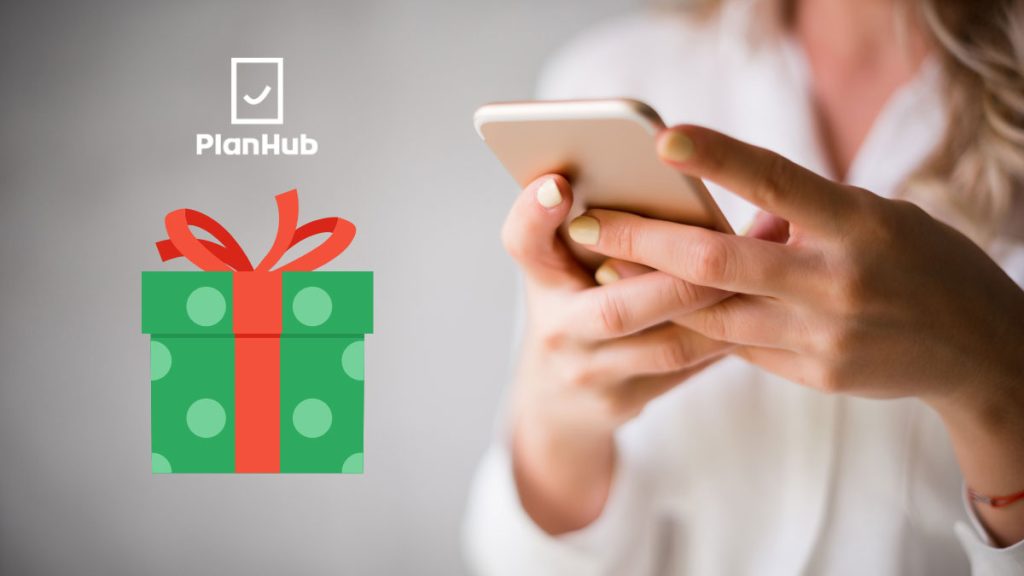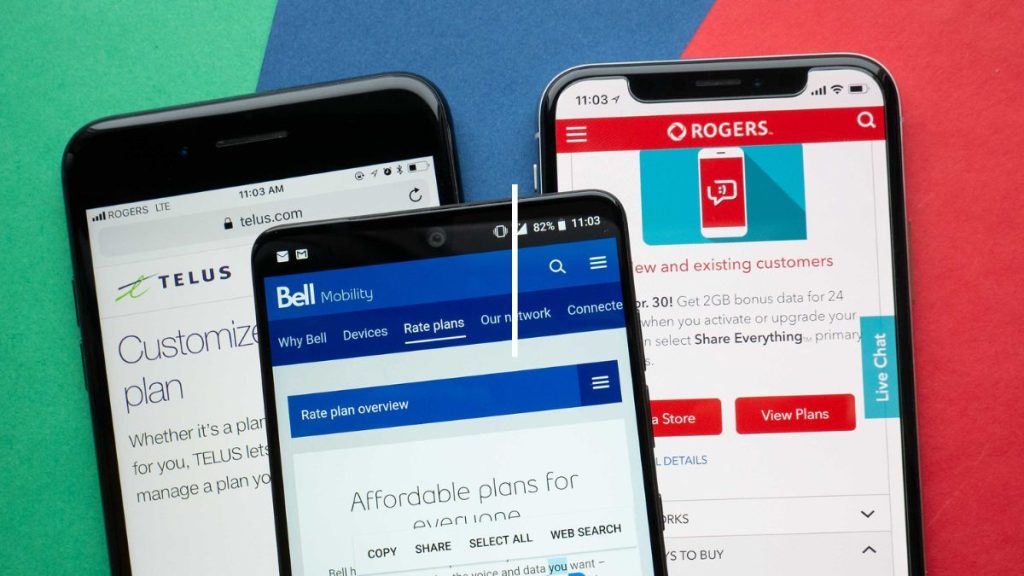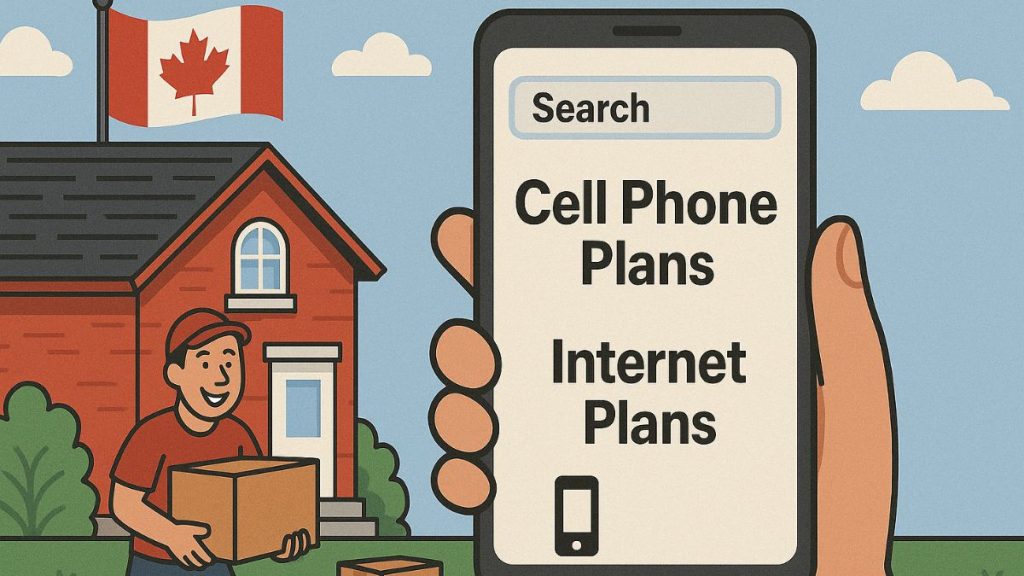Buying a previous generation phone, a used phone or a refurbished phone is a good way to save money. However, this area can hold surprises and sometimes nasty ones. In fact, there are several things to know in order to make the right choice.
There are many pitfalls, starting with the future obsolescence of a phone. You can very well buy a cell phone for around $200 that will no longer be supported in the next few months by its manufacturer, forcing you to buy another one. On the other hand, there are still many phones for sale, even in stores, that have not been updated for years and are open to all types of attacks.
Beyond obsolescence, there are several pitfalls that can present themselves to you. Between phones ordered in batches in Asia and resold on marketplaces or the risk of being faced with a stolen phone, it is better to be careful.
Of course you can also find good deals, and by following a few simple rules, it will be easier for you to spot them. In any case, shopping for a used phone requires a few more precautions than if you were to buy it new, but the prices can be worth the investment in time.
Are new phones from the previous generation still expensive?
Shopping for a cheaper phone means being tempted to go for recent glory like the Galaxy S22 or iPhone 13. On the one hand, they are still excellent phones but sold new in the $980 to $1000+ range, their price is still too close to their replacement sold for $100 more.
The same thing for the two years old phones, the iPhone 12 is still sold for more than 1060$ on the Apple website.
On the other hand, on the side of used or refurbished phones, prices drop drastically. You can find the iPhone 12 or the Galaxy S21 for under 600$.
Good to know, the depreciation of an Android phone is faster than that of the iPhone. Thus, a Galaxy S21 can be found for around 350 to 400$ while an iPhone 12 can be found for around 500$.
What is a refurbished phone?
A refurbished phone is a phone that has been checked by a technician and the parts that were broken have been changed. The battery can also be replaced by the most attentive services. This will be reflected in the price, but it gives them peace of mind and the ability to put a warranty on it.
Many phones that are one to three years old end up in repair shops for two reasons. The $30 per month charged for your phone ultimately amounts to a lease as you are charged $400 by your carrier at the end of the contract to own the phone permanently.
The other reason comes from the fact that in case of breakage, the difference between the cost of the actual repair and what you are charged can be significant. The temptation is therefore great not to pay the $365 that Apple asks to change the screen of an iPhone, or the $400 asked by the operator to make the phone yours permanently and to choose a new model.
Because the shops buy the parts of a phone tax-free and at lower rates than they are charged, and do the repair themselves, they still make money from refurbishing phones and selling them to you.
When does a phone become obsolete?
The first thing to know is that Apple keeps phones alive a few years longer than Samsung. For example, the Galaxy S8 released in 2017 is no longer supported while the iPhone 7 released the same year is still supported. When a phone is no longer supported in security updates, it becomes an open door to attacks as long as it is connected to the internet, even to check its emails. Your data can be exposed to malicious people.
Can you shop for phones that can no longer be updated?
Phones that are no longer updated represent a real security problem, and we find a lot of them on the second-hand market like the iPhone 5S or the iPhone 6 on sale for around 100$. The price is certainly attractive, and if they have been well maintained, their appearance will be flattering. However, these are phones that have had their day and that you should avoid. It’s very sad to see devices that are still in working order being abandoned, but leaving your data exposed is not worth the price.
Why check the end of support?
It is important before buying a used phone to check if it is still supported by its manufacturer, but also when the support will end. For example, you can find an iPhone 7 for around $200, but it will be the next phone to be unsupported by Apple. Knowing this, you can then move on to a newer model at a similar or slightly more expensive price, but that will last one to two years longer.
Are sellers of obsolete or near-obsolete phones at fault?
Phones are not prohibited, regulated or registered like firearms. Their resale is therefore legal. Like any electronic product, they can be sold even if they are obsolete. There is no law forbidding the resale of equipment that is no longer up to date, as this would cause major problems in various fields, starting with computers. For example, some companies may still have computers running Windows 98 to run an old program that is still necessary for their operation.
So there’s no point in trying to get back at a seller if you find out your phone is out of date, it’s up to you to know what you’re buying.
Buying a counterfeit is a bad idea!
Generally speaking, the vigilance of Apple and the major brands seems to be paying off at merchants operating in Canada. It is difficult to find fake iPhones with the Apple logo on Amazon and even on Chinese websites such as the Canadian version of Ali Express.
However, there are still some copies that use a similar name that could be misleading for the uninformed, as is the case of the i14 Pro Max, a clone of the iPhone 14 Pro Max. It has the same design as Apple’s, except that it runs on Android, while its selling price starts at $105. If Amazon Canada does not offer this product, it can be found on competing platforms or Amazon USA.
Other counterfeits display on their sales sheet a name that is very different from Apple’s and does not use the Apple brand’s packaging at all. Instead, you have to look at the design to see the strong inspiration. The problem is that when sold second-hand and without packaging, they can be a perfect illusion to a neophyte.
Are marketplaces safe?
Buying a used phone on the internet or a marketplace exposes you to unscrupulous sellers with particularly attractive deals. And that’s the problem. It is particularly easy to order phones used in business from the other side of the world and resold in batches in Canada. Of course, the iPhone is at the top of the list, followed by the Galaxy. Except that they have not been refurbished and therefore may not work properly. You can easily find these phones ordered from merchants like AliExpress and have them imported. The other problem is that you can also come across stolen phones.
If you use a marketplace, meet with the seller, and it’s best if they have kept the original box. Company iPhones sold in batches do not have any packaging for example or at best generic cardboard boxes, you would be misled about the origin since they would not have been used and maintained by a private person.
Why are copies so perfect in appearance?
Remember the cheap phones or copies in circulation from 10 years ago? Between the assembly problems and the often questionable quality of the plastic, it was relatively easy to distinguish a copy, sometimes even in photos. The generalization of 3D drawings has allowed entry-level devices to benefit from a finish that was previously reserved for the top of the range, and copies have also benefited from this. It is no longer necessary to create a mould manually. Just hand it over to a laser or pressure cutter and you get quality moulds that are convincing enough to make an iPhone copy that looks good. Of course, the work Apple put into creating a unibody iPhone shell is still extraordinary, but the copy is so well put together that in a photo it’s hard to tell the difference from the original.
Five questions to ask yourself before buying a refurbished phone?
- First, look for the end of support date for Android. In the case of Apple, it’s best to store for a device that isn’t last on the list of devices still supported. For example, look for the iPhone 8 instead of the iPhone 7, which is the oldest iPhone currently supported. It’s best to buy a phone that will have at least two years of support.
- Compare the price and check the seller’s profile if you are shopping on a marketplace. Honest sellers may actually charge less to get rid of their phones quickly. On the other hand, a price that is too low may also be suspect. In this case, ask for the phone’s box and accessories. Generally, most people keep the box of their phone. If you decide to meet the seller, you can also handle the phone and check the registered numbers or applications especially social networks that will tell you if it has not been reset, its provenance is likely to be dubious.
- How to check the battery health? It is very difficult to check the battery without a thorough test, but it is possible to give you an idea if it is at the end. When you go to turn on the phone, check the charge, talk to the seller for a few minutes while handling the phone, and then check its condition again. If the battery is at the end of its life, these few minutes will have been enough to drain it of about 10% of its charge.
- Which storage? Depending on the storage, the price can vary considerably. For example, the iPhone 12 costs $400 to $460 for a refurbished 64GB version, while the 128GB version will cost you between $550 and $600.
- Is it 3G or 4G compatible? 3G will disappear in Canada starting in 2024. If you are shopping for a flip phone, for example, many models currently sold new are only compatible with 3G. With the disconnection of the 3G network, you will no longer be able to use your phone and will have to buy another one. As for 4G, its disconnection should not happen before at least the 2030s.
What budget should I spend on a used phone?
You can find clamshell phones around $45 in very good condition and that will last a few more years if they are 4G compatible.
You can find good Android phones still updated for around $200, and Galaxy S21 for around $350. On the other hand, if you can find the iPhone 7s for around $200, we’d tend to recommend the iPhone 8 instead, which has longer support for a few dozen dollars more.
Around $300, you can find very good Android phones that are two to three years old, and in the $400 range, it’s even possible to get a deal on iPhone 13s, but expect to find iPhone 12s within this price range.
Between $500 and $700, you can find recent high-end phones like the iPhone 13 or the Galaxy S22.
For a good second-hand phone, you can expect to pay at least $250 to $300 for an old iPhone or a moderately old Android, but with a shorter support than Apple. Around $400, you can find phones that are two years old or even a year and a half old, so from the previous generation. Beyond that, you can find more recent phones like the iPhone 13. The maximum budget should therefore be $600 to $700 for a recent model except for the Pro Max versions which can reach $800.

